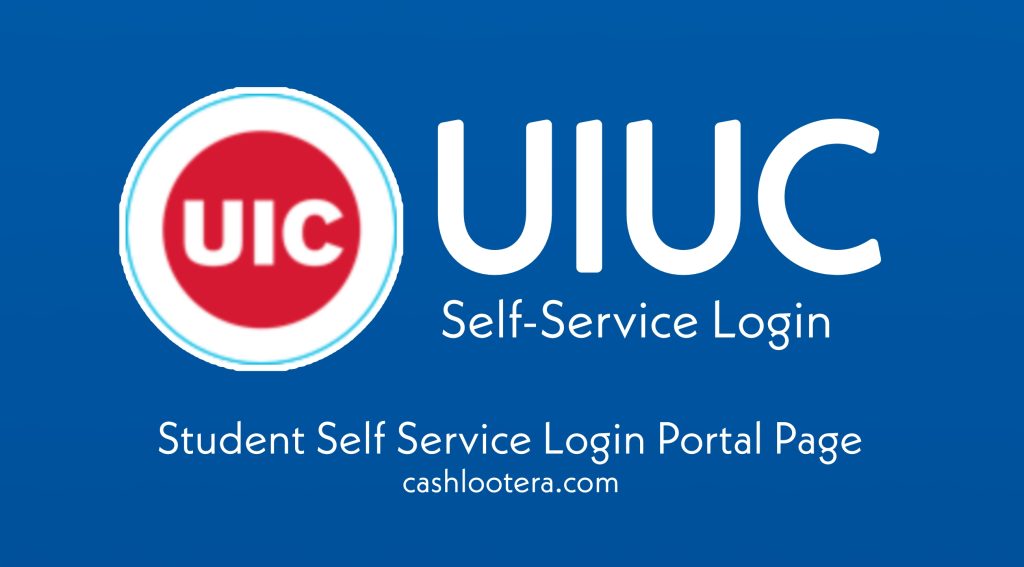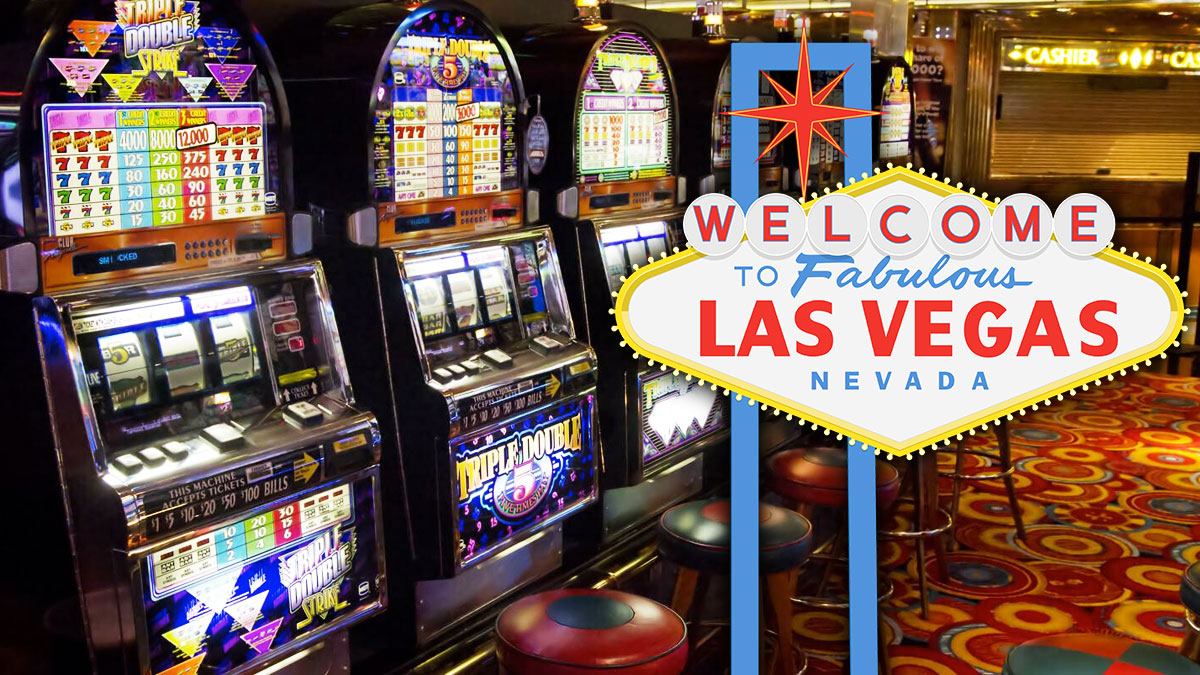Patent prosecution is the term used to describe the patent application process from the point in time that the Patent Office, through an examiner, begins working on the uiuc self service that is filed by the inventor or an attorney representing the inventor. Below is a description of how the process works for a United States national application. It is important to remember, however, the difference between a national (or domestic) application and a international application that is filed pursuant to the protocls established by the Patent Cooperation Treaty. An international application can be filed in the United States provided that at least one inventor is a US national or resident of the United States. International applications moving through the US Patent Office do not follow the process described below, although once the international application does enter what is called the national stage the process will be much the same.
In order for the patent prosecution process to begin a non-provisional patent application must be filed. Once the application is filed it is preliminarily reviewed by the Patent Office to determine whether all of the required parts of the application are present. In order to obtain a filing date the filing must include at a minimum the specification, at least one drawing if in fact a drawing is required to understand the invention (which is almost always the case) and at least one claim. If these three things are presented to the patent office a filing date is awarded and the application will move forward. Notice that the filing fee, among other things, does not need to be present at the time of filing. To be sure, the Patent Office will not do anything substantive until you pay the filing fee, but this can be paid later. In typical USPTO fashion, there is a fee applicable for the privilege of paying the filing fee after the initial filing.
In the event that the application submitted is missing pieces the applicant (or attorney or record) will receive either a Notice of Missing Parts or a Notice of Omitted Items. The notice of missing parts awards a filing date and explains what must be submitted and by when, and includes any fee due for the privilege of this later filing. With respect to the Notice of Omitted Items, such a notice explains that you have referred to something in the application that was not included in the original filing. This is usually due to oversight of some kind. You can try and correct this, but if what is missing is critical the only thing that you can do is file a new application or a continuation in part. This is because the original filing must be 100% complete in terms of what is disclosed. There can be no addition of new material after the initial filing unless a new application is filed or a continuation in part application is filed (in which case a new filing date is awarded to the new material).
The next step in the process is frequently a restriction being issued. At the US Patent Office you are entitled to a single invention in an application. One fee for one invention. If there is more than one invention present it will be necessary to elect one invention to move forward. You can always file a divisional application on non-elected inventions without compromising your filing date.
At this point your application is now ready to enter the examination phase. How quickly the examiner will get to review the application varies greatly depending upon the complexity and technological area of invention. For some types of inventions it could literally take 2 or 3 years to hear from the examiner. In some cases an examiner may get in touch with you within 6 or 8 months, but such short time frames are becoming exceptionally rare.
The first time you will substantively hear from the examiner is when the examiner issues what is referred to as a First Office Action. At this point you are now truly beginning what most would refer to as prosecution. The examiner has told you what, if anything, he or she thinks is patentable, and explained (usually in very brief fashion) what claims are lacking and why. The applicant, or attorney, must respond to each and everything raised by the examiner in a resonse, filed no later than 6 months after the date of the First Office Action.
The prosecution process sees applicants go back and forth with the examiner in order to attempt to persuade the examiner that there is subject matter that is patentable. This give and take process does have its temporal limits. After the response by the applicant or attorney, the examiner will issue a Second Office Action, which could be made final. After the examiner has rejected claims twice the examiner has the authority to make the rejections final. Final rejection, however, is not so final. There is still an opportunity to amend and make changes, but the amendments and changes must be authorized by the examiner. Final Rejection really signifies the entrance into the end game of a prosecution, whereby virtually anything you want to do requires examiner approval.
After prosecution is over you will either wind up with some claims being allowed, all being rejected or all being allowed. In most situations it is probably safe to say that some claims will be allowed and some rejected. At this point you can make several choices. You can either have the allowed claims issue or file a Request for Continuing Examination (RCE). This RCE will restart prosecution. If you choose to have the allowed claims issue you can choose to file a Continuation or a Continuation in Part, which will allow for you to continue to try and persuade the patent examiner that certain claims are allowable. Both Continuations and Continuations in Part start a new application process from the beginning, as opposed to the RCE which continues forward on the same application. Use of the RCE, however, will prevent the allowed claims from immediately issuing.
Of course, along the way a decision can be made to appeal final rejection by the examiner. Such an appeal goes to the Board of Patent Appeals, and perhaps ultimately to the United States Court of Appeals for the Federal Circuit, or the United States District Court for the District of Columbia. In certain contexts appeals can be the right decision, but they are very difficult. As a general rule most appeals are not successful, which makes appealing a difficult decision unless there has been real, identifiable error, or the Patent Office is holding fast to certain interpretations that would have negative consequences for a series of patent applications.

